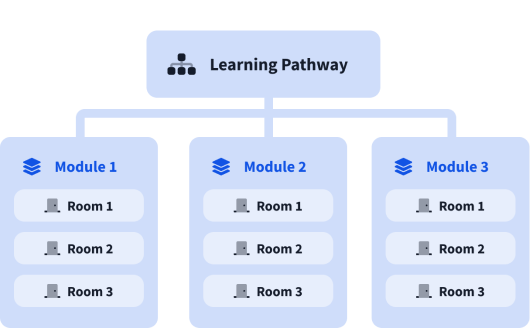Digital Forensics and Incident Response

Understand what forensic artifacts are present in the Windows and Linux Operating Systems, how to collect them, and leverage them to investigate security incidents.
Forensic artifacts are pieces of evidence left by human activity. In this module, we will learn about the forensic artifacts in Windows and Linux operating systems and perform basic malware analysis. We will learn to use Kape, Autopsy, Zimmerman’s tools, and Volatility to collect forensic data. We will also learn how to organize this data and leverage it to investigate incidents using the Hive project.

0%
DFIR: An Introduction
Introductory room for the DFIR module
0%
Windows Forensics 1
Introduction to Windows Registry Forensics
0%
Windows Forensics 2
Learn about common Windows file systems and forensic artifacts in the file systems.
0%
Linux Forensics
Learn about the common forensic artifacts found in the file system of Linux Operating System
0%
Autopsy
Learn how to use Autopsy to investigate artefacts from a disk image. Use your knowledge to investigate an employee who is being accused of leaking private company data.
0%
Redline
Learn how to use Redline to perform memory analysis and to scan for IOCs on an endpoint.
0%
KAPE
An introduction to Kroll Artifact Parser and Extractor (KAPE) for collecting and processing forensic artifacts
0%
Volatility
Learn how to perform memory forensics with Volatility!
0%
Velociraptor
Learn Velociraptor, an advanced open-source endpoint monitoring, digital forensic and cyber response platform.
0%
TheHive Project
Learn how to use TheHive, a Security Incident Response Platform, to report investigation findings
0%
Intro to Malware Analysis
What to do when you run into a suspected malware.
0%
Unattended
Use your Windows forensics knowledge to investigate an incident.
0%
Disgruntled
Use your Linux forensics knowledge to investigate an incident.
0%
Critical
Acquire the basic skills to analyze a memory dump in a practical scenario.
0%
Secret Recipe
Perform Registry Forensics to Investigate a case.
What are modules?
A learning pathway is made up of modules, and a module is made of bite-sized rooms (think of a room like a mini security lab).



